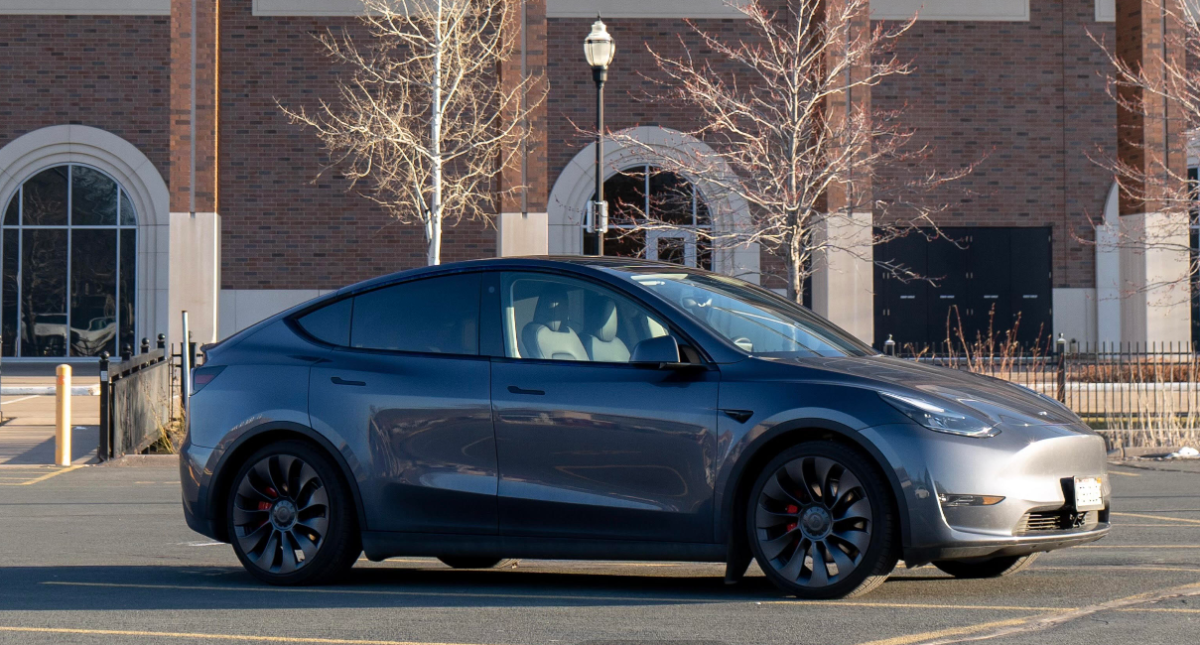Turkeys are destined to receive a lot of attention this week both as the centerpieces of many families’ holiday meals and in animal protectionists’ op-ed pieces showing the suffering those turkeys endure. Turkeys may have it bad, but conventionally raised egg-laying chickens, “layers,” have it a lot worse, leading probably the most difficult lives of any farm animal. Thankfully, there are farms raising layer hens in more humane ways and there are many great alternatives for those who choose not to consume eggs at all.
Farm practices have changed dramatically in the past 50 or so years as animal agriculture has become more industrialized and centered on profit. Gone is the agrarian ideal epitomized in the Old MacDonald song many of us learned growing up. From 1950 to 2001, the number of farms with dairy cows fell from 3.65 million to 278,000, and between 1992 and 2002 alone, the number of hog farms reduced by more than two-thirds. Corporations with founders like Don Tyson and Frank Purdue have come to dominate the farming markets. With the near impossibility of maintaining a viable family farming business, is it any wonder that American farmers are four times more likely to commit suicide than the general population?
Trends in the layer industry have followed suit, spurred on by the Nixon administration Secretary of Agriculture Earl Butz’s call to “get big or get out (of agribusiness).” The chicken coop is a relic of the past and today more than 62 American companies have a million or more layer hens each on a single property.
Maintaining the competitive edge in the layer hen industry has required farmers to treat hens more as things than living, feeling creatures. As I describe the lives of these chickens, I urge you to think about the experiences of an individual chicken rather than approximately 300 million hens living similar lives. Recognizing the suffering these hens endure doesn’t require appeal to abstract philosophical notions like “rights” and “interests.” Their pain is apparent to all who witness it except the most hardened Cartesian (Descartes thought animals were mere machines!).
Layer hens typically are housed in sheds the lengths of football fields in long rows of battery cages, which are stacked several tiers high. The small cages hens live in are termed “battery cages.” A hen will share her cage space with between five and 11 other hens, each hen receiving the industry average 59 square inches of space, less than two-thirds of a sheet of paper. These hens have so little space that they cannot even spread their wings. In the face of recent outcry, fast-food giants like McDonald’s, Burger King and Wendy’s have demanded their suppliers expand cage space to 72 square inches per bird, not a huge improvement, but at least the birds can spread their wings momentarily.
Because hens have a natural inclination to peck, a substantial portion of their beaks are seared off with a hot blade while young. If industry didn’t do this, hens might peck each other to death in their tight confines; hens kept in larger enclosures or in the wild would simply run away from pecking. Research has shown that chicks with seared off beaks eat less food for several days after the procedure, ostensibly due to the pain, and probably suffer chronic pain for five to six weeks thereafter.
The difficulties these battery-caged layers face are tremendous. Foot deformities are frequently caused by the unnaturalness of the wire floor that allows feces and urine to drop out of the cage. Loss of feathers, lesions and bruised skin result from constant rubbing against the sides of the cages are a problem. Broken bones are not uncommon due to osteoporosis resulting from hens having been bred to produce eggs continuously and without adequate calcium in their food. Numerous diseases and physical maladies affect layers including infections, liver diseases and prolapsed uteruses.
At about 15 months of age, these hens will either be sent to slaughter or will be put through a process called “forced molting,” during which hens will be starved for seven to 14 days and kept in the dark, mimicking winter conditions just before spring to stimulate further egg production.
A layer hen will endure more than 24 hours in the abhorrent conditions described to produce just one egg.
Thankfully, alternatives exist for those sympathetic to the layers’ suffering. Vegans have come up with numerous egg alternatives, which can be found through a simple Internet search. And, thanks to recent campaigning by the Humane Society of the United States, grocers like Whole Foods and Wild Oats will phase out all battery-cage eggs in their inventories, and Trader Joe’s will carry no battery eggs for its store brand. Similarly, nearly 70 colleges and universities have stopped sourcing battery cage eggs.
The individual who wants to stop buying battery cage eggs may find it difficult to navigate the many different and often misleading labels on egg cartons. Most people know “free range,” for instance, but most do not know that it is not a regulated term with respect to eggs. A useful resource describing the differences between the different labels can be found on this Humane Society of the United States Internet site, http://tinyurl.com/dh47x.
Let’s take action against this cruelty, whether that’s buying noncaged eggs, eating vegan alternatives or submitting comment cards asking for noncaged eggs to be used in your dorm cafeteria. In the Thanksgiving spirit we can do at least as much.
Jason Ketola welcomes comments at jketola@mndaily.com







